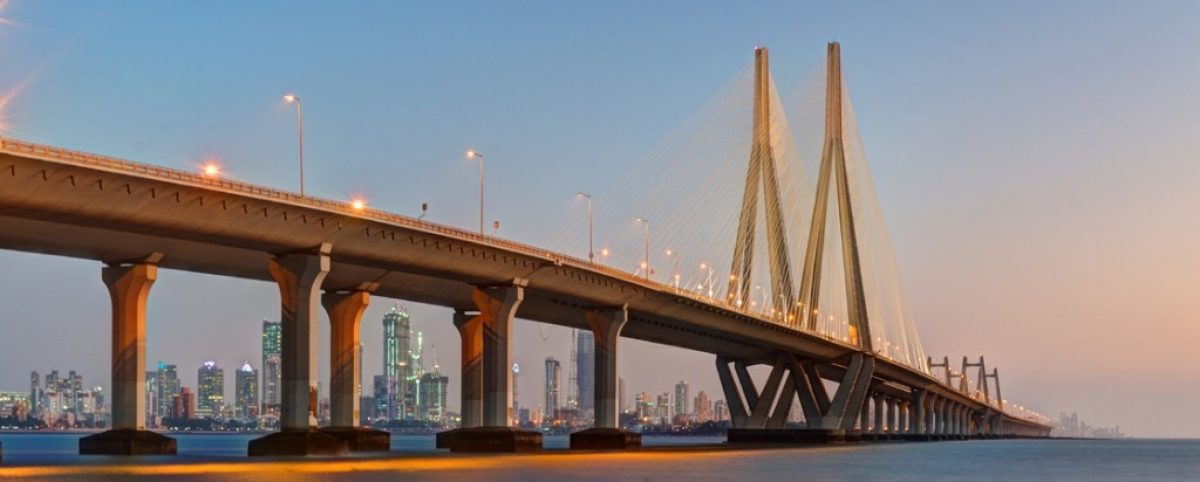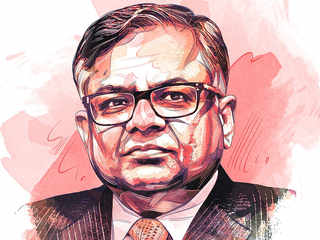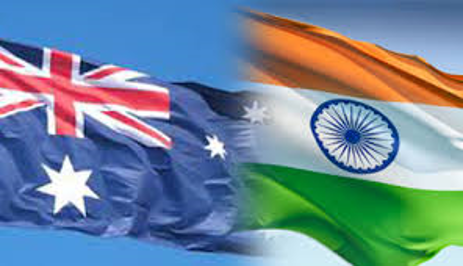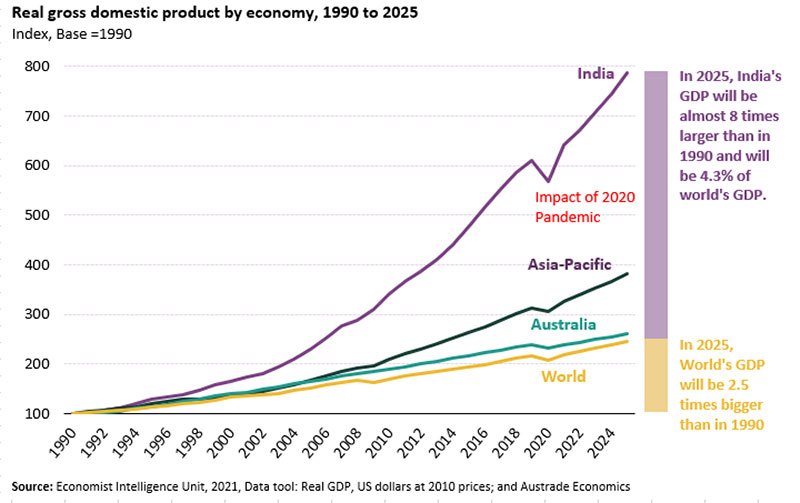No trust, no team.
When trust is absent, you do not have a working team.
Creating teams across cultures is not easy – and even once you have trust, you can accidentally break it in one meeting.
Why?
Communication styles differ across cultures. Some (like Australia) are blunt and direct. Others (like India) are very polite and indirect.
Some cultures (USA and others) like a lot of social talk before getting down to business. Others prefer business first.
Add to this differences over how to give feedback and disagreements in public and you have a potential minefield that will destroy trust in an instant.
We know that diversity has an upside and succeeding across borders is a business imperative.
So, how do you avoid destroying trust? My 10 tips:
First, learn about cultural differences. Ignorance is your own personal enemy. Too many global business leaders have little or no awareness of differing cultures. It is time to change by learning about these cultures.
Second, creating a strong starting point is essential – which means having a clear direction and an optimistic and compelling goal.
Third, ensure that at least some of the team members have been trained in cultural difference and can operate successfully across cultures.
Fourth, encouraging your team to be curious, adaptable, caring and friendly – leaders can do this by showing these characteristics themselves.
Fifth, be specifically aware of the potential explosive points of the different cultures represented in the team. This makes team leaders aware of what can go wrong, what can be misunderstood and how to involve and encourage team members who are from cultures that are reserved and indirect. If conflict does arise, address it straight away in a calm and friendly way.
Sixth, help the team understand the differences between cultures in terms of giving feedback – Australians on the team will generally be very direct, while Indians on the team will be more cautious and indirect with feedback. Talking these differences through can help both sides.
Seventh, based on the trust created by the above, team leaders can establish team standards and norms that everyone commits to sticking to. This will mean for several team members that they have to adapt from their cultural norm. If it is seen that the whole team is adapting, it becomes a shared and positive experience. If I am the only one in the team adapting, it is just no fun and will not last.
Eighth, watch out for cultural differences over starting times – this will cause simmering divisions in the team. Westerners will generally be on time and expect everyone else to be on time too. Other cultures will arrive late and be surprised that others are already there. Create an agreed standard for the starting time and everything else has a better chance of success.
Ninth, have a predictable and mutually agreed timetable for information sharing, such as zoom meetings, email information, one-on-one sessions and physical meetings. Some cultures do not respond well to variations and unpredictability – so try for stability but also allow for those urgent meetings that just need to occur.
Tenth, work hard on creating personal connections with every member of the team. This can take time and seems like a distraction to many leaders, but it is your strongest tool in reducing conflict in cross-cultural teams. Know what their non-work interests are and you will be surprised how well you connect.












